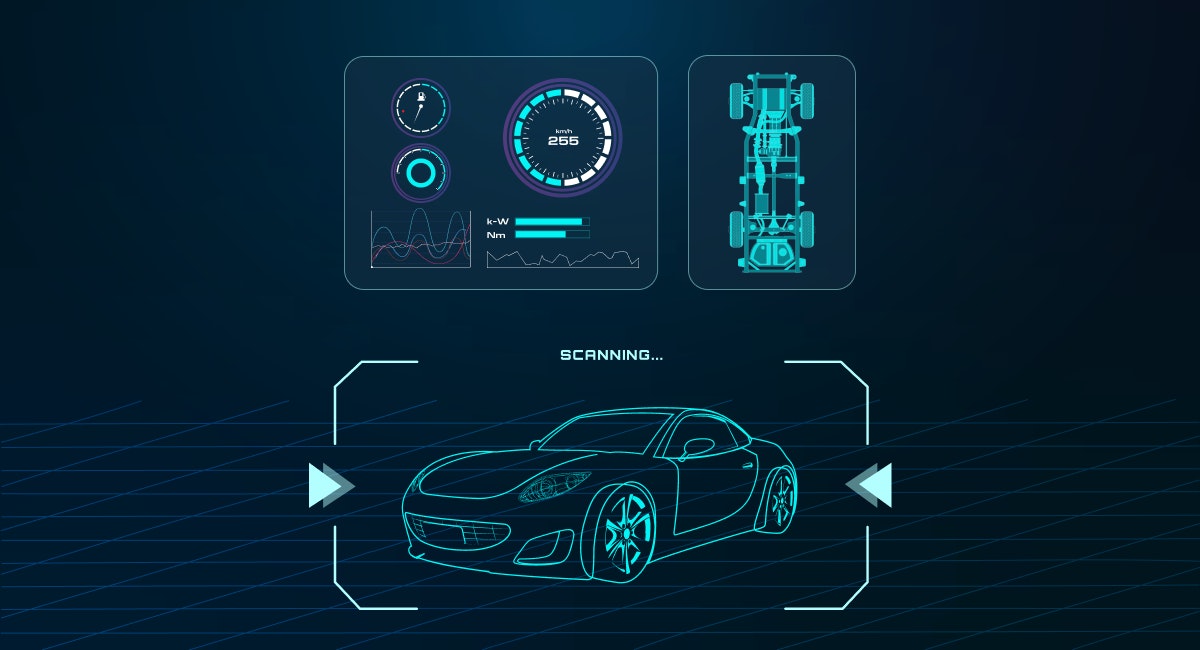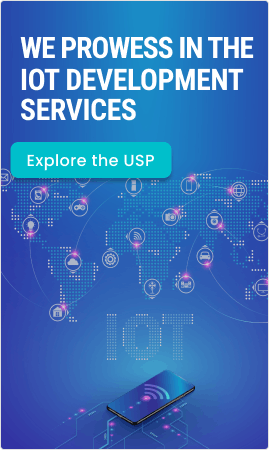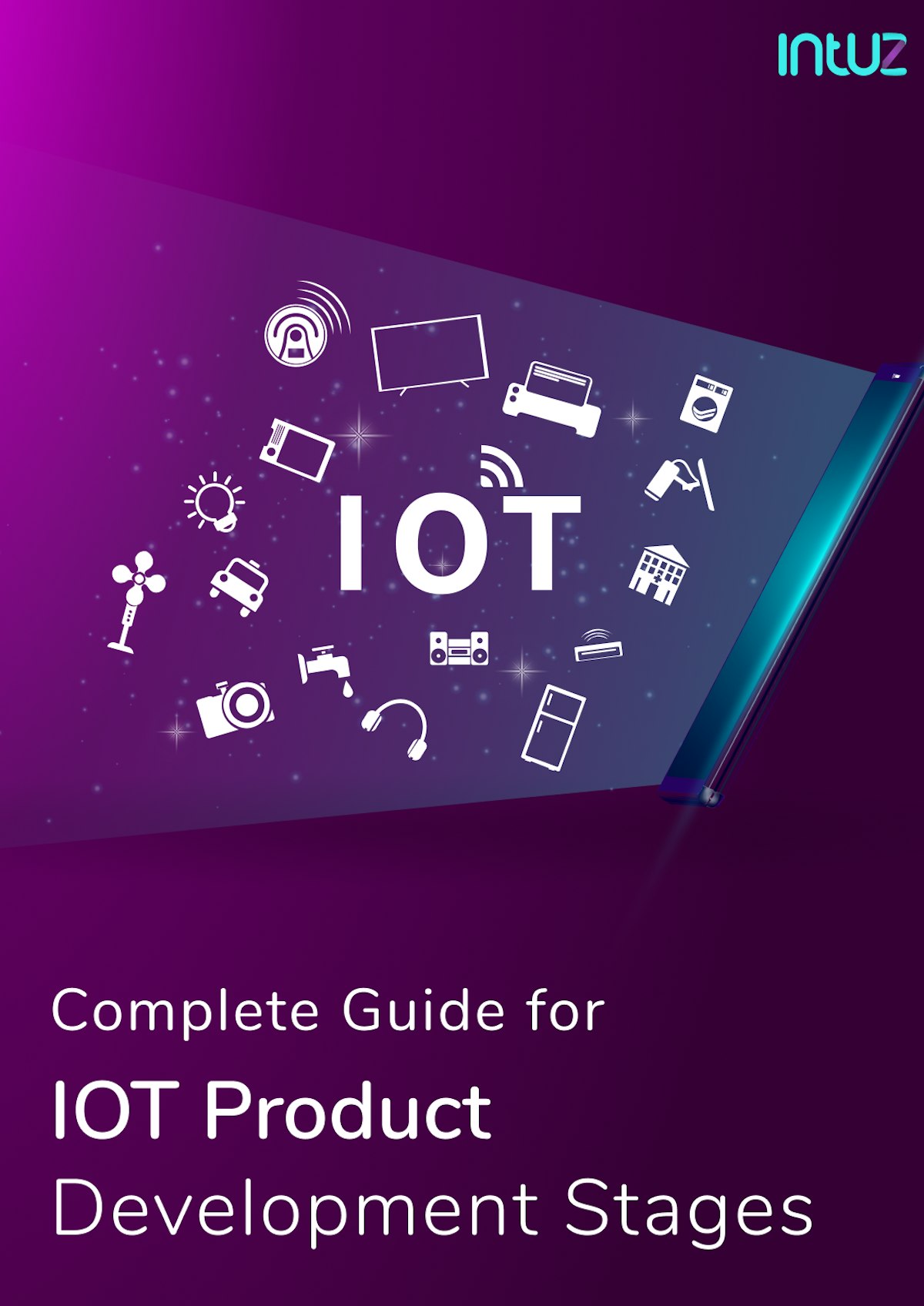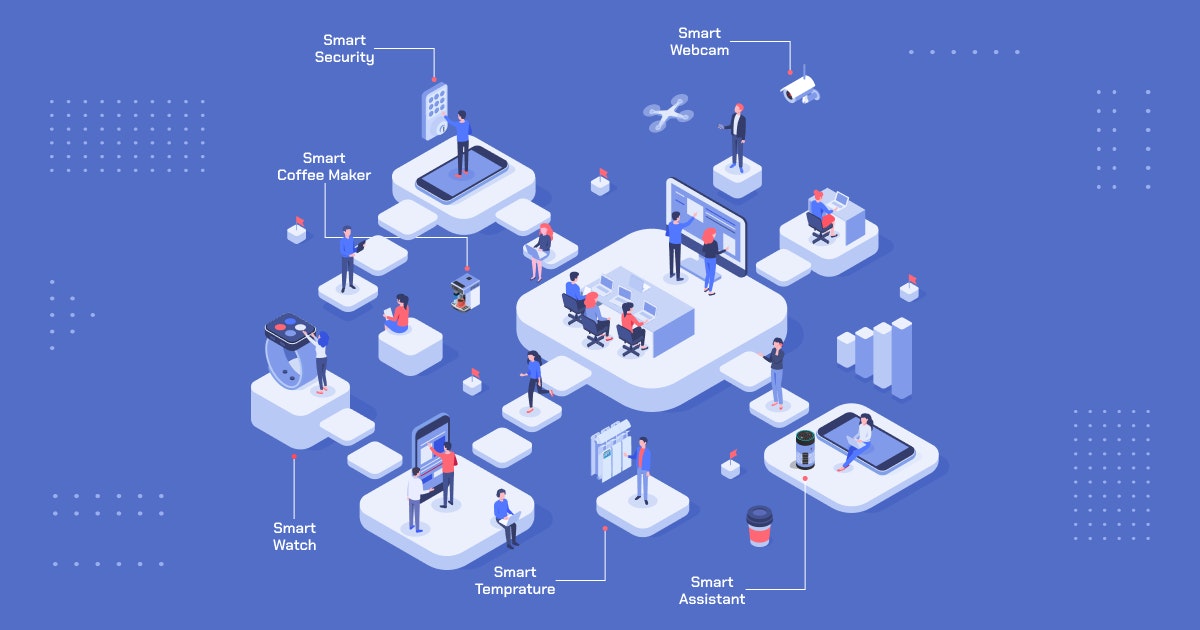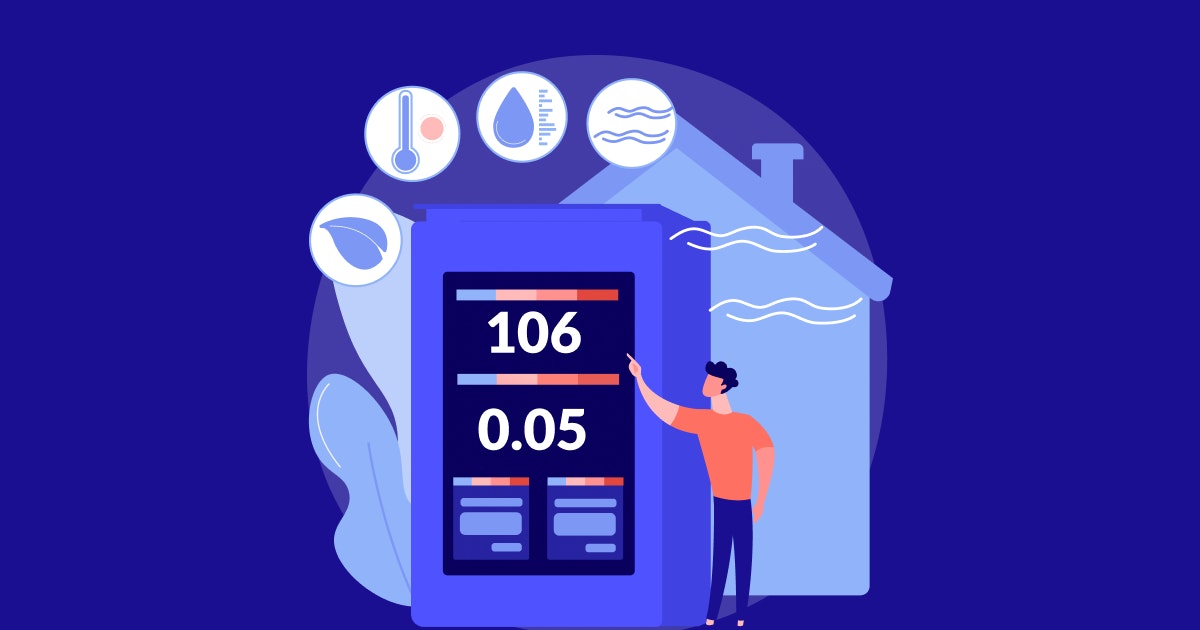Table of Content
The global automotive sector is in a state of disruption. In 2021, the estimated worldwide motor vehicle was 21 million, as per Statista. However, this number is nothing in comparison to 97 million in 2018. The lack of innovative features in new vehicle models is one of the main reasons why sales are wavering.
If four wheels and an engine are what end-users want, they can go for a cost-effective pre-owned car with older features. They do not need to burn a hole in their pocket to purchase a vehicle that has nothing new to offer. For auto manufacturers, newer models must embrace the future by utilizing advanced technologies such as the Internet of Things (IoT).
What is IoT in the automotive industry?
In simple words, IoT refers to a system of devices that exchange data through a communication network. In the automotive sector, it enables complex devices such as sensors and actuators to share information with each other and other vehicles via the internet.
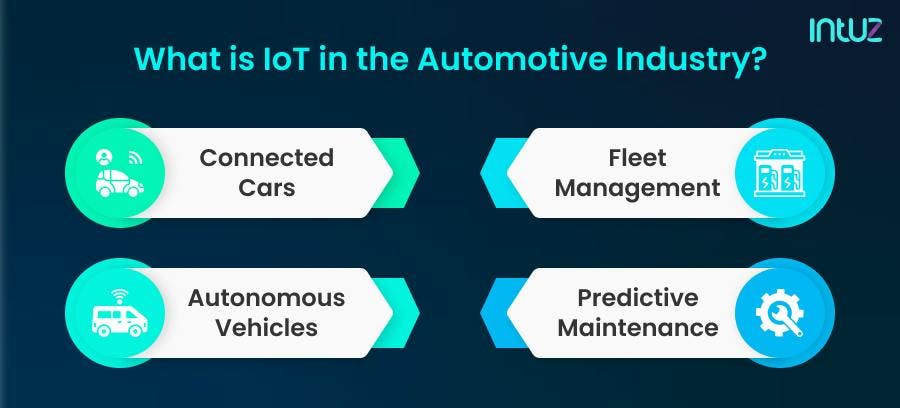
Modern WiFi capabilities, climate control systems, and engine performance metrics barely offer what IoT solutions can offer. Adding to that thought, here are four ways IoT devices are transforming the automotive industry:
1. Connected cars
These vehicles are connected over an IoT network, facilitating fast data transfers of vital information that improve road safety through improved communication.
Connected cars share information on location, dynamics, and speed and predict and prevent accidents by alerting drivers of incoming emergency vehicles. They help better the traffic flow and increase driver safety by manifold.
2. Fleet management
The truck transportation industry has been experiencing radical shifts due to labor challenges. IoT technology is the reason behind the revolution in fleet management.
Operators can collect large quantities of data sets on everything - from traffic conditions and routes to fuel consumption. The data collected is used to offer remote diagnostics and boost operational efficiency on the go.
3. Autonomous vehicles
With the advancement of AI, autonomous vehicles have gained traction in the automotive industry. Research shows that the autonomous vehicle market will grow by 61.87% by 2026. We can expect so much from the industry soon enough.
Smart cars benefit commuters and commercial drivers as they assist the latter with driving, parking, braking, and lane-changing tasks. IoT integration into new car models will minimize human error and make road conditions safe.
4. Predictive maintenance
When cars are manufactured with IoT capabilities, the embedded sensors will collect performance data on specific parts and transmit the information to the cloud.
Through predictive analytics, the data is processed, the condition of individual components is evaluated, and the risks of malfunction are assessed. The driver is instantly notified if any red flags are picked up in the vehicle.
Optimize the Power of Your Automotive Motors with IoT Monitoring!
Let's Get StartedIoT-based speed control and monitoring: An introduction
Vehicle motors are used widely in our daily lives and industrial applications. They are used in different shapes and sizes depending upon the requirement. They are an essential tool capable of driving large machinery.
IoT speed control of motors, therefore, plays an essential role in deciding their usage. The same motor can be used in different applications depending on the speed variations.
IoT helps control and monitor motors to ensure optimal use for desired results. Besides providing robust operational efficiency, it helps maintain power usage while minimizing maintenance needs.
The main components of an IoT-based motor controller
Undoubtedly, an electric vehicle motor must be efficient and reliable as it is required to give both torque and speed in a broad operating range while maintaining precise control of the vehicle motor. Here is what an IoT-based motor controller is typically made of:
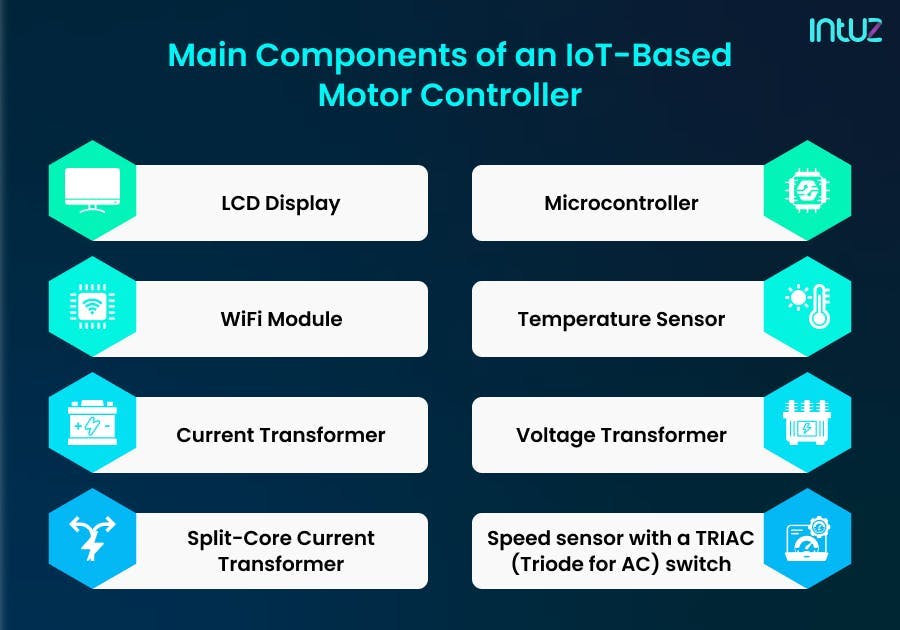
1. LCD display
Everyone knows what this is! It is an electronic screen for continuously displaying the monitored value captured by the sensors.
2. WiFi module
The IoT monitoring system uses the WiFi module for communicating with the cloud. It enables information exchange between devices and with the cloud without the need for any wires. It uses IP addresses for each device to connect them with each other and with the cloud.
3. Microcontroller
A microcontroller is a hardware and software combination that enables IoT connectivity. It uses an assembly language like C++ to facilitate communication to the cloud.
4. Temperature sensor
A temperature sensor is a 3-pin device with a sensing range of -55 to 150 °C to capture the temperature variations during the motor running time.
5. Current transformer
This device generates an alternating current in its secondary, proportional to the AC current in its primary. It also measures the motor current.
6. Voltage transformer
It works as a measuring system for the supply voltage and acts as a transformer to step down the supply when a current or voltage is too high to measure directly.
7. Split-core current transformer
It works as a temperature and current sensor, provides accurate measurements of AC electrical systems and features a removable leg for easy deployment without interrupting power or disconnecting wires.
8. Speed sensor with a TRIAC (Triode for AC) switch
It is a device for switching on/off AC power loads and controlling motor speeds. The data gathered by the temperature and current sensors in an IoT-based motor controller are sent to the microcontroller block.
It decodes and processes the information, which is then shared over WiFi to be dispatched on the internet in real-time. Depending upon the information, the following steps are taken by the system automatically.
Settings can also provide external guidance from a remote location to adjust the motor speed. The IoT-enabled motor speed sensors use the EMF method to capture the voltage and convert it into a digital value.
The motor moves in the presence of the voltage. The voltage flow is opposite to that of the permanent magnet coil. Unlike the Back EMF method, the EMF value helps calculate motor speed.
The data collected by the sensors is analyzed and shared as a graphical representation for easy understanding. It helps in taking control action if needed. The methodology works efficiently in industrial setups.
Benefits of IoT-enabled motor speed control and monitoring
IoT-enabled motor speed control and monitoring depend on sensors and the cloud for data processing. IoT technology studies variations in parameters such as voltage, current, and temperature to control the speed of a motor.
The Pulse-Width Modulation (PWM) technique controls the motor speed. In this technique, frequency and input power are used to control motor speed.
IoT helps continuously monitor the crucial parameters and maintain production continuity and quality in industries. It ensures the motor performs reliably to increase production.
Ongoing monitoring can help notice abnormality early on and prevent any fault in the motor. IoT-based monitoring of engines helps in reducing the following:
Electrical faults like reverse phase sequencing fault, single phasing fault, overload fault, oversupply voltage, or Earth fault.
Environment faults occurring due to moisture or temperature fluctuations. These may lead to vibration of the motor.
Mechanical faults due to broken rotor bar, winding defect in stator and rotor, or use of faulty bearing.
Designing the flow of voltage from the battery to the motor
The voltage flow from the battery starts with a 3-phase AC supply. It helps in controlling speed by working as a gate driver circuit. The logic circuit controls the motor speed by switching it on and off. The sophisticated PWM technique can control motor speed. It involves adjusting the on-off duration by the TRIAC switches.
Controlling the firing angle helps maintain the speed of the motor. A microcontroller board fixed with RAM, ROM, PCB, and a digital controller can be used to control the entire system. It takes up current supply from a step-down transformer for its operations.
The system is fitted with a rectifier and regulator for filter and conversion purposes. The motor's voltage can be handled easily by controlling the on-off period of the TRIAC switch.
How Applications Of IoT Are Changing The Face Of The Automobile Industry
Learn MoreTypes of electric motors you should know about
The working principle of an electric motor depends mainly on the interaction between magnetic fields and electricity. The device that produces this power is called a motor, which can be defined as any machine with a mechanical energy source derived from electrical currents in wires or batteries. Electric motors are divided into the following types:
1. AC motors
Invented by Nikola Tesla in 1887, an AC motor uses a stator and the rotor to convert alternating current into mechanical power. These motors function in either single-phase or three-phase.
a. Synchronous motor
Functioning in three phases, a synchronous motor generates field current through its stator. The speed of the rotor and stator is the same as the current. It maintains a constant speed based on the AC frequency. The motor runs accurately and is used extensively in robotics and automation.
b. Induction motor
The induction motor, also known as the asynchronous motor, runs efficiently at unequal speeds. It converts electrical energy into mechanical energy while operating on the principle of electromagnetic induction. The motor comprises two sections and may be known as a squirrel cage or phase wound, depending on the construction of the rotor.
2. DC motors
Running on direct current, a DC motor converts electrical energy into mechanical energy. It places a current-carrying conductor in a magnetic field. The conductor moves upon experiencing a torque. Different types of DC motors are:
a. DC shunt motor
This motor has only one winding. The armature and field are connected parallel to each other, so there is no need for a commutator or gearbox. It is the perfect choice for applications that require a low-noise and high-efficiency motor. It is also very convenient because you can use just one controller to control your field and armature windings.
b. Separately excited DC motor
This motor has a shaft that connects both poles of a magnet (the rotor) and creates electricity using windings on either side through the stator.
c. DC series motor
It connects the rotor windings in series and runs on the electromagnetic law. An external field helps the DC series motor to gain rotation speed in the presence of a magnetic field around the conductor. The main application of these starter motors is in elevators and cars.
d. PMDC motor
Long for "Permanent Magnet DC motor," it uses a permanent magnet. A PMDC motor provides the magnetic field necessary for the operation of the motor.
e. DC compound motor
The DC compound motor is a unique component of the series and shunt motors. It comprises both stator coils connected by wire and rotor magnets attached to each side. These can be magnetically coupled with another set placed inside its housing through an iron core winding configuration for increased efficiency.
Top IoT-based monitoring solutions
IoT has enabled us to monitor the speed of motors in real-time. It is instrumental in cases where varying motor speed is required, such as fans, winders, pumps, and precision tools.
However, it also helps maintain a constant speed in specific applications such as a conveyor belt. Using Raspberry Pi, the gathered data can be accessed via a smartphone. The system measures voltage, current, and neutral current to collect data.
IoT-based monitoring systems help in the efficient use of electricity. It is helpful for industrial purposes and in solar power plants. The systems are accessible remotely through Raspberry Pi and Message Queuing Telemetry Transfer Protocol (MQTT).
It allows mobile-based monitoring and control of the motors. DTMF and SMS facilities are used to get updates such as ON and OFF status and speed details. IoT-based monitoring systems help speed control with high precision and quick response.
Advantages of IoT-enabled speed control and monitoring
Speed control and motor monitoring are critical in industrial and home applications. One can achieve these motors' optimum performance by processing the sensors' data. It helps in understanding the current performance of the motor and predicting upcoming repair requirements if any.
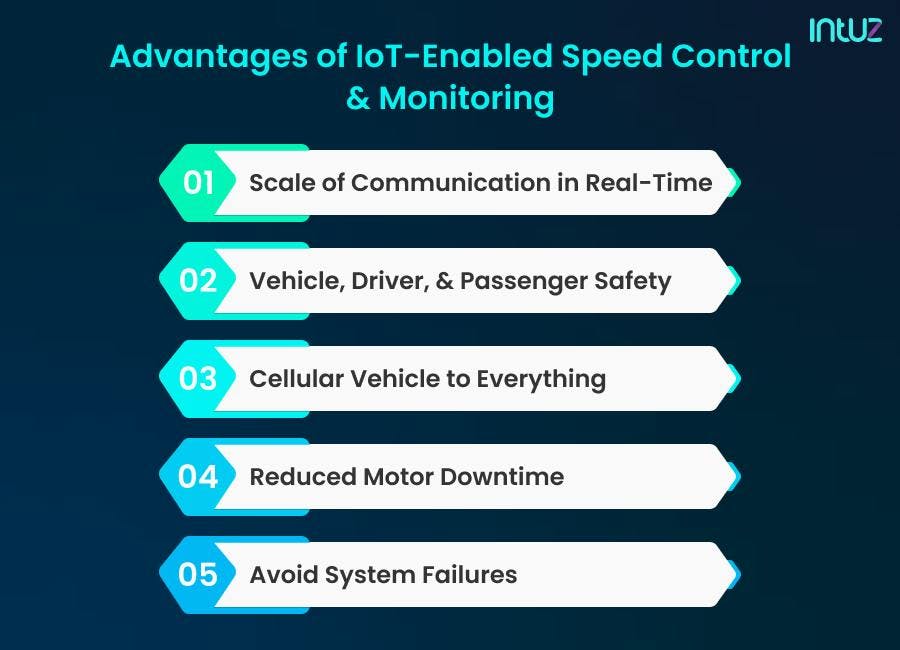
Industries can tap into the power of IoT to prevent a halt in production for a more extended period. The significant advantages of IoT-enabled speed control and monitoring are:
1. Scale of communication in real-time
Data communication from the field over a secure network is a breeze. An IoT-enabled speed control and monitoring system can transfer data economically across the IoT network and store it in the cloud.
2. Reduced motor downtime
IoT softwares for monitoring facilitate remote functioning and speed regulation of the motor. It minimizes motor downtime by early fault detection and therefore reduces damage expenses of the motor.
3. Avoidable system failures
IoT ensures uninterrupted industrial processes and avoids overloading and over-current in the motor, resulting in high temperatures. It prevents system failures with automatic 'start and stop' functions.
4. Vehicle, driver, and passenger safety
Safety is paramount in the automotive industry, so it is not surprising to see auto-disconnection of power in case of a rupture or failure and mitigate the risk of an accident. The technology also graphically analyzes current, voltage, and temperature to record speed.
5. Cellular Vehicle to Everything
In the automotive industry, IoT creates a network that connects cars, called Cellular Vehicles to Everything or CV2X. There are two modes of operation with CV2X - Device to Network and Device to Device.
Both modes enable remote access to emergencies, traffic flow mapping, and infotainment. Let us explore Device to Network and Device to Device in greater detail:
Device to Network supports Vehicle Network or V2N communication through cellular networks, enabling cloud services to provide real-time traffic routing and reporting.
Device to Device enables communications such as Vehicle to Pedestrian (V2P), Vehicle to Infrastructure (V2I), and Vehicle to Vehicle (V2V). It shares speed, route, and location data through a single network and avoids vehicle collisions.
With Device to Device, you can alert the driver about traffic signal timing or priority and safely alert pedestrians and cyclists about the same in real-time.
Let's Talk IoT for Your Automotive Motors Speed Control!
Contact UsOver to you
The future of IoT lies in its ability to connect people and things. As more industries adopt this technology, we will start seeing an increased demand for connected devices that can be controlled remotely via mobile apps.
It will make life easier and provide businesses with greater insight into their operations and customer preferences. From home automation to healthcare and industrial applications, IoT motor control and monitoring can help improve operational efficiency.
IoT-based systems effectively monitor the condition of motors based on defined parameters and control their speed based on the process. Data analysis gives actionable insights for preventing vehicle motor overload and mishandling, thereby ensuring safer journeys.
Mobile-based alerts ensure timely action and rectification of any issues. Data visualization helps in taking preventive measures to avoid intense wear and tear. Calculating and managing power consumption is also helpful for businesses considering reducing operational costs.
Book a Free 45-minute Consultation with Our IoT Experts Today! Get a customized roadmap and strategies to leverage IoT for speed monitoring and control of vehicles.
